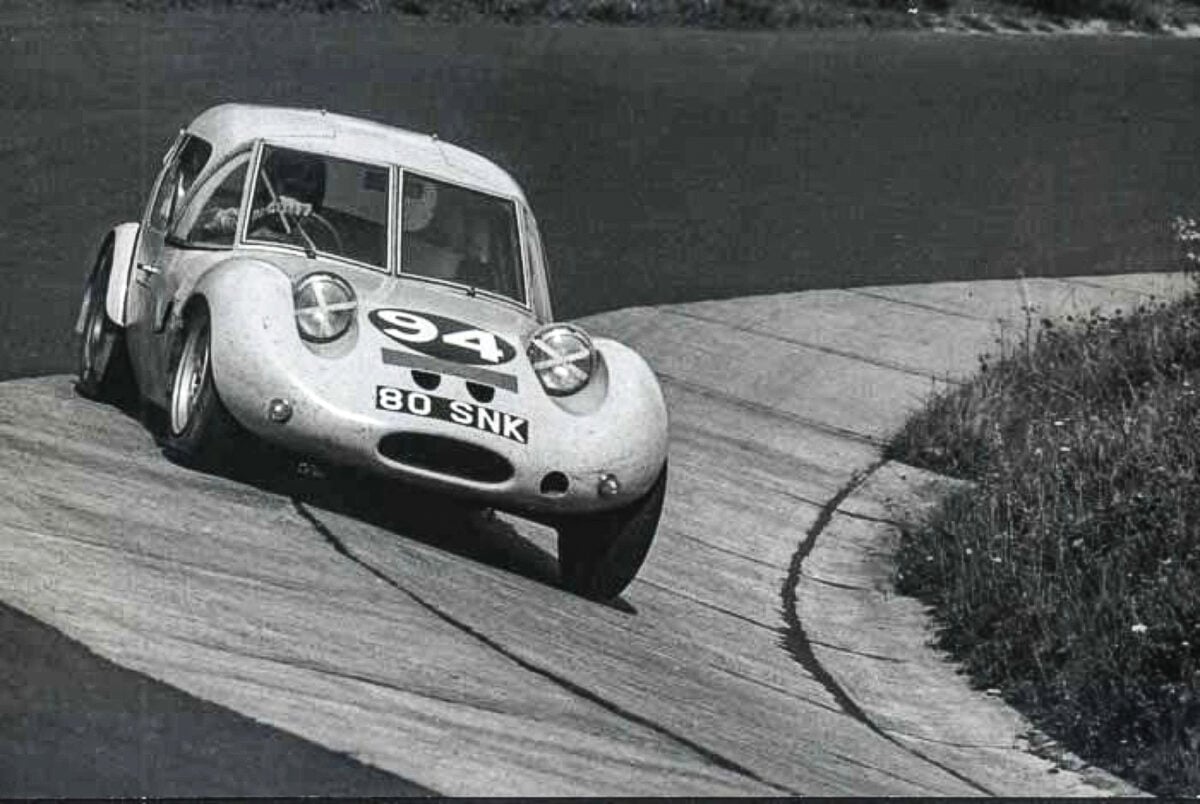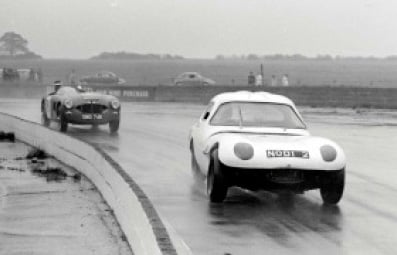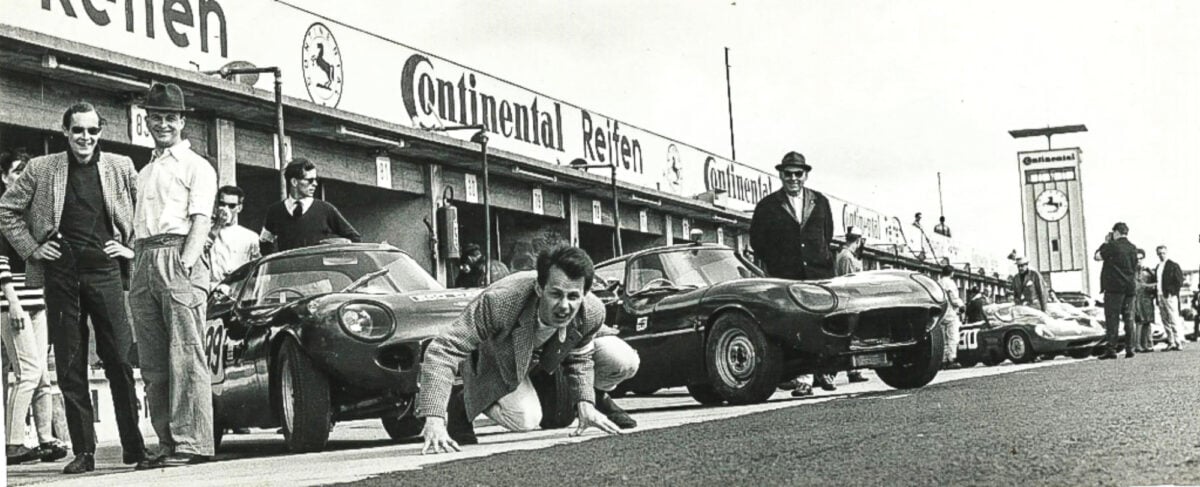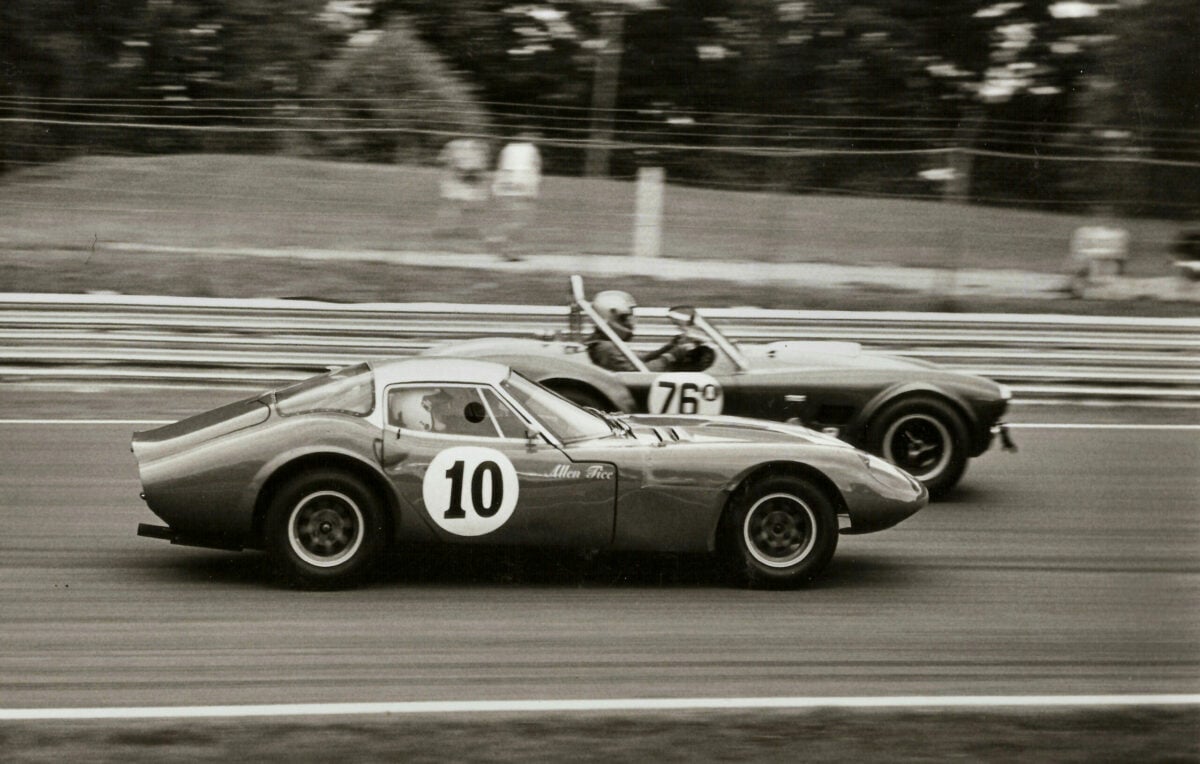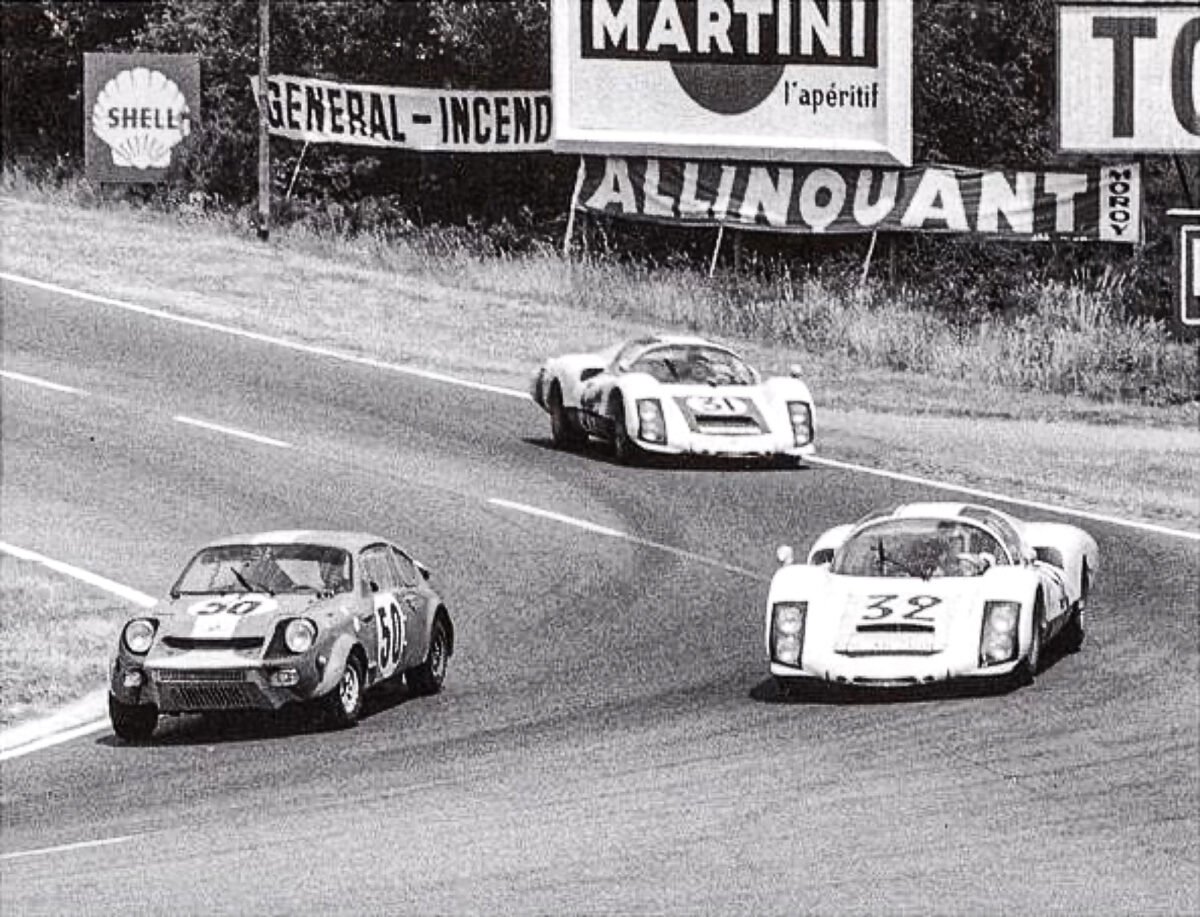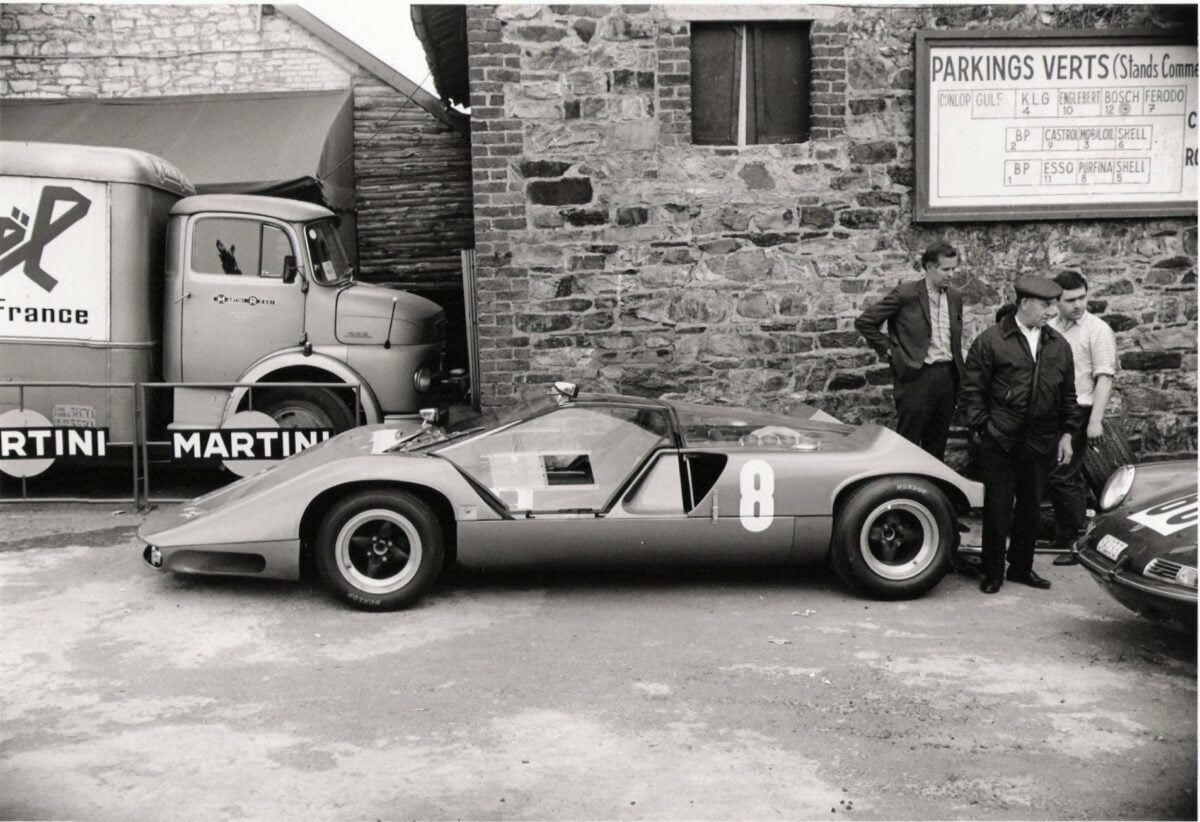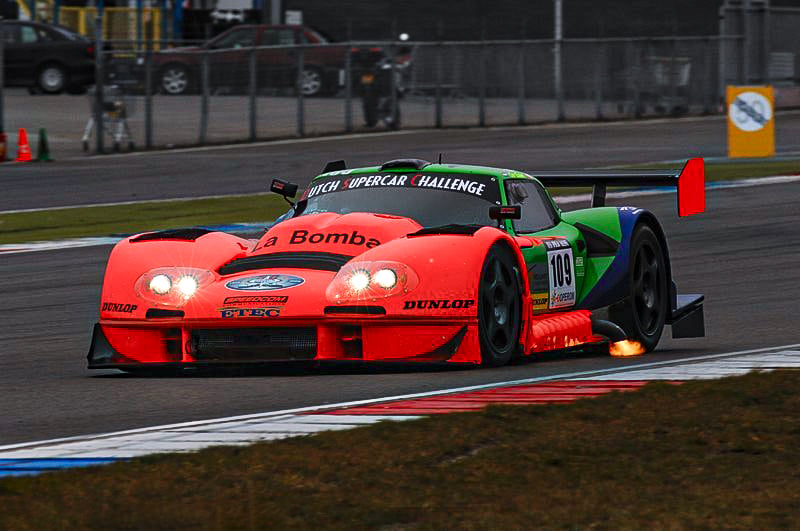1960
Racing is in the Marcos soul and will remain there.
It’s the reason why the company was founded. Jem Marsh was a keen racer, but at 6’4” needed a car built for him, and the first Marcos, the Xylon, was the result. Designed by his co-founder Frank Costin, with a pioneering monocoque chassis, it was immediately successful – the first customer, Bill Moss, won nine races in a row in 1960.
